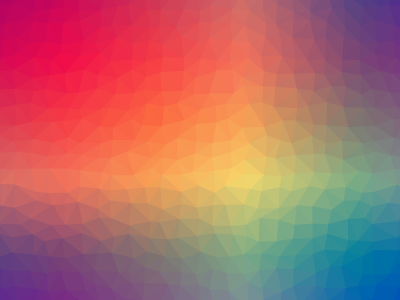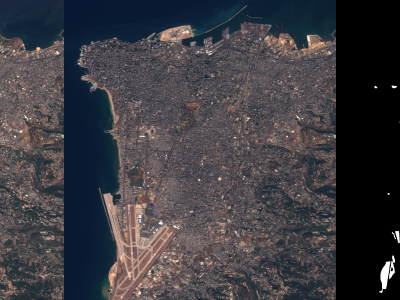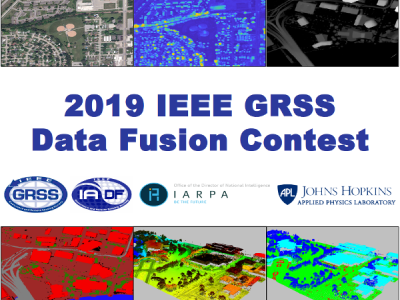Losslessly Compressed Ligh Field Datasets

- Citation Author(s):
- Submitted by:
- Emanuele Palma
- Last updated:
- DOI:
- 10.21227/qmx7-gv49
- Data Format:
- Links:
 281 views
281 views
- Categories:
- Keywords:
Abstract
This dataset is accompanying the manuscript "Lossless archiving view arrays from plenoptic cameras when camera sensor images are available" by Ioan Tabus and Emanuele Palma, published in ISSCS 2021 in July 2021. It is also supporting part of the work carried out in “Lossless Compression of Plenoptic Camera Sensor Images” by Ioan Tabus and Emanuele Palma, published in IEEE Access in February 2021. It contains the archives and the programs for reconstructing the light field datasets publicly used in two major challenges for light field compression.
Instructions:
This dataset is accompanying the manuscript "Lossless archiving view arrays from plenoptic cameras when camera sensor images are available" by Ioan Tabus and Emanuele Palma, published in ISSCS 2021 in July 2021. It is also supporting part of the work carried out in “Lossless Compression of Plenoptic Camera Sensor Images” by Ioan Tabus and Emanuele Palma, published in IEEE Access in February 2021. It contains the archives and the programs for reconstructing the light field datasets publicly used in two major challenges for light field compression.
IEEE ACCESS Paper Abstract:
We propose a codec for the lossless compression of plenoptic camera sensor images. The proposed encoder starts by splitting the input lenslet image into rectangular patches, with each patch corresponding to a microlens image. The encoder and decoder exploit the correlation between the pixels in neighbor patches using a patch-by-patch prediction mechanism where each pixel of a patch has its own dedicated sparse predictor designed to utilize the most relevant pixels from the neighbor patch to the left. An intra-patch prediction mask together with the pixels from the neighbor left patch form the final prediction template. The encoder performs the design of sparse predictors by first finding the relevant regressors in the final template. The patches are classified into M classes according to two possible mechanisms (either based on depth information or based on Bayer mask colors), and the sparse predictor design is performed for each pair (class label; patch pixel index). A relevant context selection mirrors the selection of relevant regressors, thereby providing the arithmetic coding with skewed coding distributions at each context. We show examples of the application of the proposed methods on sensor images from the JPEG Pleno database, thus demonstrating the improved performance of the proposed methods compared to the existing predictive methods for encoding camera sensor images.
ISSCS 2021 Paper Abstract:
We propose two lossless archiving methods for the light field (LF) array of views created by plenoptic cameras, when the camera sensor images (also called lenslet images) are available. The two archiving methods are based on generative mechanisms, where we encode all information needed to run the processing pipeline that generates the LF array of views starting from source sensor images. The first archiving method starts by encoding the two sensor images needed as input in the processing pipeline: one scene sensor image, and one white image (available from the camera database of white images). The second archiver encodes a single lenslet-like image obtained by devignetting and debayering the scene sensor image and the white image. After encoding the input lenslet images both methods proceeds to encode all additional meta-information necessary for running the processing chain, starting from sensor image to the final LF array of views, and any needed corrections due to possible quantization along the processing chain, finally creating a lossless archive of the light field array of views. We exemplify the performance for a database of plenoptic camera images that was extensively used in the light field lossless compression literature, obtaining competitive archive file sizes.
Dataset Files
- OLD_VERSJune2020_DECODER_EXPERIMENTS.zip (Size: 1.14 GB)
- VERSSeptember2020_DECODER_EXPERIMENTS.zip (Size: 1.34 GB)
- CIMLF_EXPER_0_8.zip (Size: 599.18 MB)
- CIMLF_EXPER_0_10.zip (Size: 203.75 MB)
- CIMLF_EXPER_1_8.zip (Size: 394.74 MB)
- CIMLF_EXPER_1_10.zip (Size: 175.19 MB)
- README_Install_CIMLF_EXPER_0_8.txt (Size: 2.79 KB)
- README_Install_CIMLF_EXPER_0_10.txt (Size: 2.78 KB)
- README_Install_CIMLF_EXPER_1_8.txt (Size: 2.78 KB)
- README_Install_CIMLF_EXPER_1_10.txt (Size: 2.78 KB)







